The Opioid Overdose Prevention on College Campuses bill, also known as Senate Bill 367 was recently introduced by California Senator Melissa Hurtado. According to the Senate Bill 367 fact sheet,
“SB 367 seeks to reduce opioid-related overdose deaths at all California public universities and colleges by requesting University of California (UC) campuses, and requiring California State University (CSU) and California Community College campuses to carry naloxone, the overdose reversal drug, in every campus first aid kit and to provide educational resources on overdose prevention during campus orientations.”
The United States has faced an opioid crisis for more than 20 years, and as the hospitalization and opioid related death rate for college-age students continues to rise. It is important now more than ever that opioid reversal drugs become more readily available. As Young People in Recovery Chapter Lead Jesse Haner says, “With today’s rise of opioid use especially in the younger generation, to not be prepared would be the real crime. The worst thing we can say is this could have been prevented.” The importance of preventative measures cannot be stressed enough, being prepared in case of an emergency is a must. All campus first aid kits having naloxone is a sure way of having a preventive measure for college students.
According to the Center for Disease Control (CDC), nearly 70,000 people died from drug overdoses nationwide in 2018, the highest overdose rate for any state that year came from California at 5,348. It is long overdue that California make naloxone more accessible to as many people as possible, and beginning with college campuses is a good start. Being prepared with the tools to successfully save a life should not be a luxury, but an absolute necessity.
The California Department of Public Health (CDPH) issued a statewide standing order for free naloxone to help curb out the mortality rate from opioid overdoses. California colleges and universities are able to qualify to receive naloxone for distribution after completing an online application process for CDPH. The bill’s fact sheet explains that the CDPH program, “Is open to any community organization or entity in California that can provide naloxone to those at risk of overdose.” Additionally, instructional videos are provided by CDPH on how to properly administer the naloxone. As part of SB 367, campus orientation materials will be required to provide the educational information to teach how to properly administer the naloxone.
Passing of this bill will ensure that the number of individuals properly trained to assist someone experiencing an overdose will be expanded. Executive Director and Co-Founder of A New PATH (Parents for Addiction Treatment & Healing) Gretchen Burns Bergman says, “As a mother of two sons who had struggled with opioid addiction, I feel it is my right and responsibility to have naloxone in my medicine cabinet. We know that there is drug use happening on college campuses, so students and faculty should be prepared to save the life of a friend at risk. Doesn’t it make more sense to carry naloxone than to deal emotionally with tragic and unnecessary loss?”
If SB 367 is to pass, it will at least be giving college students the knowledge of knowing there is naloxone easily and readily available for them to use. “As an advocate to the recovery community, and an everyday advocate to basic human rights, I think it is only logical to give the youth the ability to choose how they live in the world around them. Giving people options to resources and avenues of support will build community and connection for everyone involved,” says Young People in Recovery Chapter Coordinator Jessica Saldana. The importance of giving youth options to resources is critical.
It cannot be understated that what SB 367 will require will surely be life changing for many people. Additionally, it could start the progression of ultimately having naloxone be available in most public places for people to use in case of an emergency. This will be a huge step to help stop the continued rise of opioid overdose deaths in California.

Pete Nielsen LAADC, SAP
Pete Nielsen is the President & Chief Executive Officer for the California Consortium of Addiction Programs and Professionals (CCAPP), CCAPP Credentialing, CCAPP Education Institute and the Behavioral Health Association of Providers (BHAP). CCAPP is the largest statewide consortium of addiction programs and professionals, and the only one representing all modalities of substance use disorder treatment programs. BHAP is the leading and unifying voice of addiction-focused treatment programs nationallly. Mr. Nielsen has worked in the substance use disorders field for 20 years. In addition to association management, he brings to the table experience as an interventionist, family recovery specialist, counselor, administrator, and educator, with positions including campus director, academic dean, and instructor.
Mr. Nielsen is the secretary of the International Certification and Reciprocity Consortium, and on the publisher for Counselormagazine. He is a nationally known speaker and writer published in numerous industry-specific magazines. Mr. Nielsen holds a Master of Arts in Counseling Psychology and a Bachelor of Science in Business Management.

